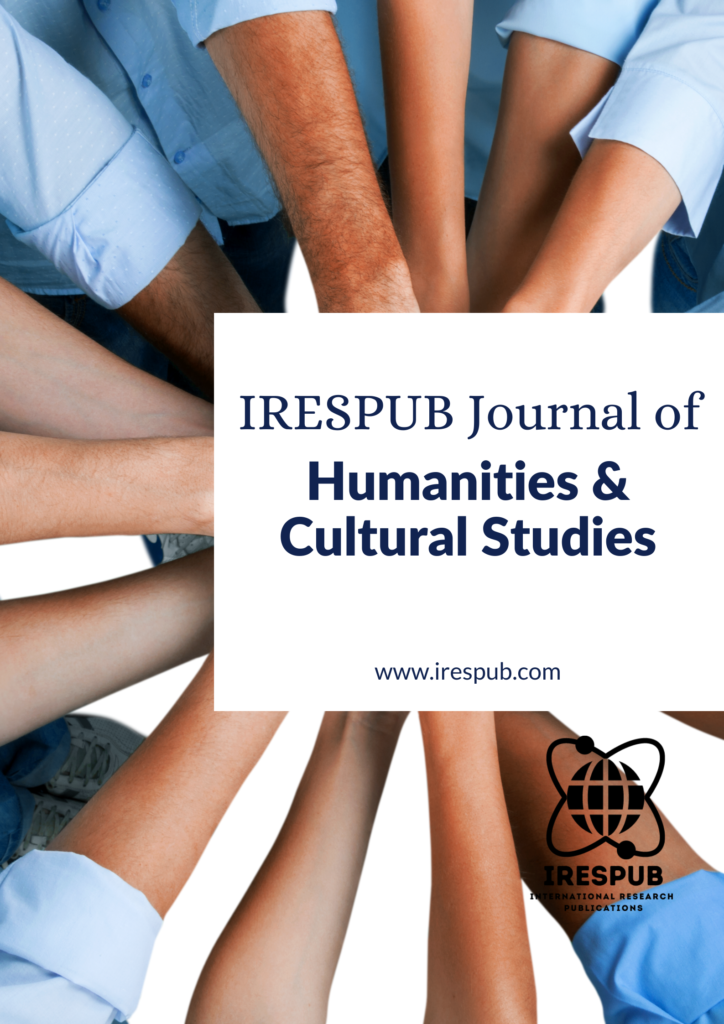
Year Launched: 2021
Journal Menu
- Scope & Research Areas
- Instructions for Authors
- Article Processing Charge
Journal List
- Natural & Applied Sciences
- Life Sciences
- Business Management
- Education & Literature
- Humanities & Cultural Studies
- Medical & Dental Sciences
- Engineering & Computer Sciences
- Agriculture, Food & Nutrition
- Environmental & Material Sciences
- Wellness & Lifestyle Management
- Arts & Ideas
- Law, Policy & Religion
Power struggle for natural uranium of Himalaya near China border
Volume 1, Issue 2, Nov-Dec 2021 | Page 64-79 | PDF (323K) | Pub. Date: December 16, 2021
Author(s)
Ananta Aryal; Tribhuvan University, Faculty of humanities and social sciences, MLS program, Kathmandu Nepal
Abstract
This study analyzes “power and politics on the natural uranium of upper mustang region” of Nepal. By mixed method, study has concluded that there is strong political power struggle between different stakeholders to gain the ownership, and economic benefit. Study conducted a cross sectional survey on 32 households among 120 houses of central lo-manthang then analyzed obtained simple data set. Among 32 respondents, 29 are in favor of local government regarding its ownership. 23 are not ready to share benefit equally to province and central governments. 24 of them are not ready to share it to foreign powers but 29 are agree to sell it with economic benefit. Study explains the power and political struggle over the uranium resource of upper mustang region by linking it with the global references and leading theories.
Keywords
power; politics; struggle; natural uranium; stakeholder
Cite this paper
Aryal, A. (2021), Power struggle for natural uranium of Himalaya near China border, IRESPUB Journal of Humanities & Cultural Studies. Volume 1, Issue 2, Nov-Dec 2021, Page 64-79
References
[1] A., Bleise, P.R. Danesei, W., Burkart, (2003), Properties, use and health effects of depleted uranium (DU): a general overview. J. Environ. Radioactivity 64, 93–112
[2] Amelin, y.; Kaltenbach, A.; Iizuka, T.; Stirling, C.H.; Ireland, T.R.; Petaev,M.; Jacobsen, B.(2010) “U–Pb chronology of the Solar System’s oldest solids with Variable 238U/235U”. Earth Planet Sc. Lett. 300, 343–350.
[3] Arno, T., (2003). Social Cohesion, Sustainable Development and Turkey’s Accession to the European Union: Implications from a Global Model
[4] ATSDR (Agency for Toxic Substances and Disease Registry), 1999. US Public Health Service, Department of Health & Human Services. Toxicological Profile for Uranium, Atlanta,GA
[5] Bachrach, P. (1969) The Theory of Democratic Elitism, London: University of London Press.
[6] Banks, Arthur S. (1971) Patterns of domestic conflict: 1919-1966. Research Paper No. 7, Center for Comparative Political Research, State University of New York at Binghamton.
[7] Berkeley, L., (27 April 2007), Table of Radioactive Isotopes. National Laboratory, US.
[8] Bottomore, T. (1993). Elites and Society (2nd ed.). London: Routledge. p. 25.
[9] Brendan B (2018) Power, contested institutions and land: repoliticising analysis of natural resources and conflict in Darfur, Journal of Eastern African Studies, 12:1, 1-21, DOI: 10.1080/17531055.2017.1403782
[10] Brosius, J.; T. Peter; Lowenhaupt,A.; Charles, Z.; (1998). Representing communities: Histories and politics of community-based natural resource Society& Natural Resources. 11 (2): 157–168. doi:10.1080/08941929809381069.
[11] Burkey, A. (2009) Nuclear Reason: At the Limits of Strategy, International Relations, Vol. 23 No. 4
[12] Burkey, A. (2017). Uranium, Polity Press. ISBN: 978-0-745-67052-2
[13] Burke, A. (2009). Nuclear Reason: At the Limits of Strategy. International Relations, 23(4), 506 -529. 10.1177/0047117809348697
[14] Cindey, V. (2015). DIIS Report on Governing Uranium Globally Eurographic Denmark, ISBN 978-87-7605-758-9
[15] “Elite (elitist) theory”. auburn.edu. Auburn University. 13 August 2014.
[16] Emsley, J. (2001). “Uranium”. Nature’s Building Blocks: An A to Z Guide to the Elements. Oxford: Oxford University Press. pp. 476–482. ISBN 978-0-19 8503408
[17] Fabricius C., Koch E., and Magome H. (2001). Community Wildlife Management in Southern Africa: Challenging the Assumptions of Eden (Evaluating Eden Discussion Paper No. 6).
[18] Filippova, L. G., A. P. Nifatov, and E. R. Lyubchanskii, (1978) Some of the long-term sequelae of giving rats enriched uranium (in Russian). Radiobiologiya, 18, n. 3, pp. 400 405.Translated in NTIS UB/D/120-03 (DOE-TR-4/9), National Technical information. service.
[19] Grégoire, E. (2011). Niger: un État à forte teneur en uranium. Hérodote, no 142, (3), 206 225.Adoi:10.3917/her.142.0206. ISSN 0338-487X, ISBN 9782707169679.
[20] Hammond, C. R. (2000). The Elements, in Handbook of Chemistry and Physics. CRC press. ISBN978-0-8493-0481-1.
[21] Haralambos, H. (1995). Sociology: Themes and Perspectives. Hammersmith: p. 37. ISBN000 3223167.
[22] Hilma Shindondola-Mote (2019), Uranium Mining in Namibia: The Mystery Behind ‘Low Level Radiation. Namibia Digital Repository, ISBN: 99916-64-92-0.
[23] Hunter, Floyd (1953) Community Power Structure: A Study of Decision Makers.
[24] IAEA (2005). Management of high enriched uranium for peaceful purposes: Status and ISBN 92–0–105405–X
[25] IAEA (2009). Establishment of uranium mining and processing operations in the context of sustainable development. IAEA Vienna, ISBN 978–92–0–104409–9.
[26] Kantipur National Daily, July 22, 2008
[27] Kaphle, K. P., (2011) Himalayan gemstones and their prospects in Nepal. Nep.Geol.Soc. V. 28, pp. 43-50.
[28] Morss., (2019) “Uranium” Encyclopedia Britannica.inc
[29] Marx, K., Engels, F., 1962 [1848]: Manifesto of the Communist Party. New York, International Publishers.
[30] Marx, k. (1911). A Contribution to the Critique of Political Economy. Chicago, IL: C.H. Kerr, 11.
[31] Marx, K., Engels, f., and Lenin, V.I. (1984). On the Dictatorship of the Proletariat. Moscow, USSR: Progress Publishers, 243.
[32] Marx, Karl. 1971. Preface to A Contribution to the Critique of Political Economy, Tr. S. W. Ryanzanskaya, edited by M. Dobb. London: Lawrence & Wishart.
[33] Martin, B. (1982). Perspectives on Society and Environment, Alternatives: Volume 10, Number 4, pp. 26-35,
[34] Meredith J. D. (2017), Nuclear (Geo)Political Ecologies: A Hybrid Geography of Chinese Investment in Namibia’s Uranium Sector, in: Journal of Current Chinese Affairs, 46, 3, 53–83. ISSN: 1868-4874
[35] Mills, C. W. (1956). The Power Elite. p. 274.
[36] Putnam, R. D. (1977) Elite Transformation in Advance Industrial Societies: An Empirical Assessment of the Theory of Technocracy. in Comparative Political Studies 10, No.3, pp383–411.
[37] Rao Y.S., Hoskins M.W., Vergara N. et al. Eds. (1992). Community Forestry: Lessons from Case Studies in Asia and the Pacific Region. Bangkok and Honolulu: FAO and East-West
[38] Robert A. Nye, The Anti-Democratic Sources of Elite Theory: Pareto, Mosca, Michels, Sage, 1977.
[39] Santos, TD., (1971). The Structure of Dependence, in K.T. Fann and Donald C. Hodges,eds., Readings in U.S. Imperialism. Boston: Porter Sargent, p. 226).
[40] Seaborg, Glenn T.(1968). “Uranium”. The Encyclopedia of the Chemical Skokie,Illinois: Reinhold Book Corporation. pp. 773–786. LCCCN 68 29938.
[41] Sunkel, O., (1969). National Development Policy and External Dependence in Latin America. The Journal of Development Studies, Vol. 6, no. 1, p. 23)
[42] Thomas, F., Homer, D. (1999) Environment, Scarcity, and Violence. (Princeton, NJ: Princeton University Press.
[43] Tissot F.L.H.,Dauphas N., Grossman L. (2016) Origin of uranium isotope variations in early solar nebula condensates. Science Advances, 2 (3), art. no. e1501400 USAID, Minerals and Conflict Toolkit, p. 3,
[44] S. Environmental Protection Agency, Final Environmental Impact Statement for Standards for the Control of Byproduct Materials from Uranium Ore Processing, Washington, D.C., 1983, v. 1, pp. D-12, D-13.
[45] V., Sirnate (2009) student versus state: The politics of Uranium mining in Meghalaya. Economic and political weekly. In commentary. Vol. XLIV, no 47.
[46] Western D. and Wright R.M., (1994). Natural Connections. Perspectives in Community based Washington, D.C.: Island Press.
[47] WHO 2001. Depleted Uranium, Sources, Exposure and Health Effects. WHO, Geneva.

